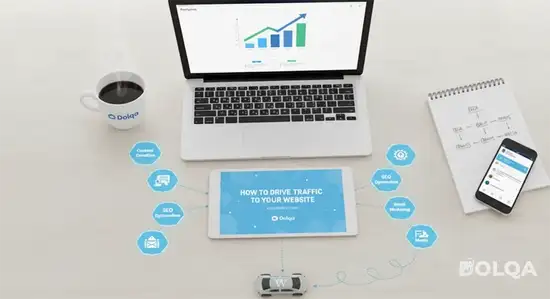What Makes Consistent Publishing So Powerful?
Ever wonder why some websites dominate search results while others fade into obscurity? One of the biggest factors is consistent publishing. Regularly updating your site with fresh, high-quality content isn’t just about keeping readers entertained—it’s a strategic move that tells search engines your site is active, relevant, and trustworthy.
But here’s the real question: how does it actually work? Let’s dive in.
How Consistent Publishing Strengthens Your SEO Strategy
Consistency builds momentum—both for your readers and for search engines. Think of it like this: every new article you publish becomes another ‘entry point’ for users to discover your website.
Let’s break it down:
So yes, consistency isn’t just about posting often; it’s about maintaining a rhythm that aligns with your SEO strategy.
How Regular Content Influences Website Ranking
You can’t simply post once a month and expect magic to happen. Search engine algorithms prioritize recency and relevance.
Here’s what happens behind the scenes:
In other words, your publishing rhythm directly shapes your website ranking potential.
Why Content Marketing and Consistency Go Hand in Hand
Content marketing isn’t just about producing words; it’s about building relationships with your audience over time. A consistent publishing schedule helps you maintain those relationships by setting expectations.
Think of your blog as a conversation. If you disappear for months, readers—and algorithms—lose interest. But when you publish regularly, you stay top of mind.
Practical tip: Create a simple editorial calendar. Even one post per week can work wonders if the content is strategic, original, and optimized for SEO.
Consistency isn’t frequency. It’s reliability.
How Regular Content Boosts Organic Traffic
Let’s get real—everyone wants organic traffic. But few realize how directly it’s tied to consistency.
When your publishing schedule is steady, you’re constantly expanding your reach through:
You might not see the results instantly, but give it 3 to 6 months, and the compounding effect is impressive. SEO is a long game—and consistent publishing is how you stay in it long enough to win.
Common Mistakes to Avoid
Even with the best intentions, some businesses fall into traps like:
Remember: content marketing isn’t just about showing up—it’s about showing up smartly.
Final Thoughts
In my experience, consistent publishing is one of the most underrated yet powerful tactics in SEO strategy. It’s not about flooding your blog with posts—it’s about persistence, structure, and evolution.
If you stick to a well-planned rhythm, use content marketing intelligently, and focus on creating real value, you’ll watch your website ranking and organic traffic grow steadily.
SEO success isn’t a sprint—it’s a marathon of meaningful, consistent publishing.
- More Indexed Pages = More Opportunities: Each piece of content adds a new indexed page, increasing your chances of appearing in search results. Google loves fresh content that answers user queries effectively.
- Improved Crawl Frequency: When your site updates regularly, search engines visit it more often. This helps your new content get indexed faster, improving your website’s visibility over time.
- Enhanced Internal Linking Structure: Consistent publishing allows you to naturally build internal links between related topics. That’s huge for user navigation and for helping search engines understand your site hierarchy.
- Signals of Authority and Activity: Regular content tells both Google and your audience that your website is alive—a credible source of up-to-date information in your niche.
- Engagement Increases Dwell Time: Frequent publishing gives users reasons to stay longer, explore more pages, and engage with your content.
- Reduced Bounce Rate: Visitors who find fresh, valuable information are less likely to leave right away.
- Steady Keyword Growth: Each new post gives you a chance to target additional keywords or refine existing ones.
- New keyword opportunities
- Social media sharing consistency
- Improved domain authority
- Returning visitors who build trust over time
- Publishing without a clear content strategy
- Prioritizing quantity over quality
- Ignoring keyword research and optimization
- Failing to promote new posts across channels







Comments (0)
Leave a Comment
No comments yet. Be the first to comment!